The surface chemistry of two worm species has been found to play a crucial role in their interaction with the environment and each other. This work provides the clearest picture yet of the surface chemistry of these worms and could help combat parasitic infections.
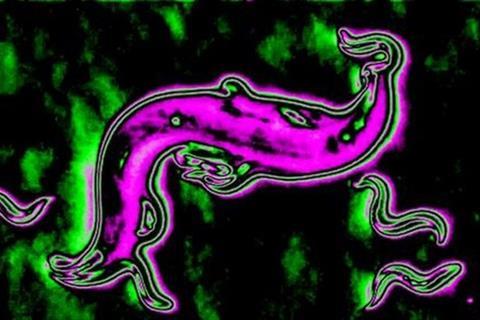
Scientists from the University of Nottingham used an advanced mass spectrometry imaging system – 3D-OrbiSIMS – to examine the nematodes Caenorhabditis elegans and Pristionchus pacificus and characterise their complex surface chemistry. The species studied don’t have eyes and ears, so the team was interested in learning how they interact with other systems and organisms. These worms were selected because they represent distinct evolutionary lineages with different ecological adaptations.
P. pacificus exhibits predatory behaviour allowing the researchers to explore how surface chemistry influences predator–prey interactions. ‘These little worms, they go from egg to adult in three days … the amount of data you can generate and the amount of research that you can do in such a short life cycle … offers a model for studying lipid signalling in human tissue,’ explains lead researcher Veeren Chauhan. Millions of years of evolution separate humans and worms, yet humans share around 70% of their genes with these worms making them an ideal model for human biology. Despite C. elegans being one of the most studied, well-established genetic models, the full chemical composition of the organism’s surface has remained largely unexplored.
This gap in knowledge is largely due to limitations in the tools to accurately capture and interpret the chemistry. The state-of-the-art 3D-OrbiSIMS instrument enables a level of analysis not seen before in biological cells and tissues, making it a powerful tool for chemical imaging. ‘The 3D OrbiSIMS uses argon gas clusters to bombard a surface,’ explains Chauhan, and this acts as a sputtering beam for depth profiling. ‘We studied the first top 50nm of nematode cuticles [which] are then put into the detector [which is] extremely high mass and high spatial resolution.’ The worms’ surface chemistry was also studied during the species’ development, enabling the team to track molecular changes in detail and how they influence their interaction with each other.
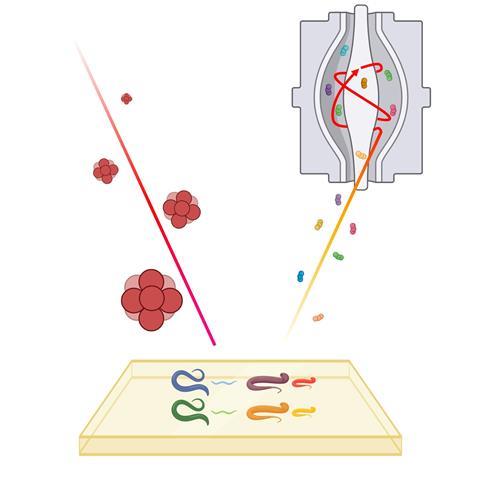
The team found that the worms’ surfaces were made up of lipids and that the surface chemistry of both worm species changed over time. Comparing the lipid profiles of the worms’ surfaces revealed that the two species were developmentally dynamic and species-specific – the two species have distinct surface lipid profiles, which may reflect the divergent evolutionary pressures they face. Chauhan notes that their most important observation was made after modifying lipid compositions in C. elegans by removing the daf-22 gene. Following this change, the sightless and earless P. pacificus worms ‘selectively predate on animals or show more tendency to predate on animals that don’t have these surface lipids’. This discovery is a significant step in understanding their biology – lipid surfaces may influence chemical communication pathways between species and modifying the lipid composition in C. elegans increases susceptibility to predation by P. pacificus.
‘The most interesting [finding] was the evolutionary implications,’ says Ann Corsi, a biologist at the Catholic University of America. ‘After altering the lipid composition in the [C. elegans] larvae, they found that P. pacificus were more predatory … it makes sense that C. elegans have evolved to be more resistant to P. pacificus.’ This suggests that surface lipids may have a protective role beyond structural integrity.
‘We’ve only scratched the surface,’ says Chauhan of the highly sensitive mass spec technique, adding that further analysis of nematodes is currently underway. This new knowledge also opens new areas of scientific discovery. ‘With this new technique … if we understand how [worms] sense when a human is present … we can then prevent [parasitic worm] infections,’ he says. Corsi says that the research might also help prevent crop damage caused by nematodes and agrees that ‘there’s a lot of pathways and phenomena in worms [with a] potential connection with humans’.
References
AM Kotowska et al, J. Am. Chem. Soc., 2025, DOI: 10.1021/jacs.4c12519


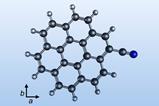



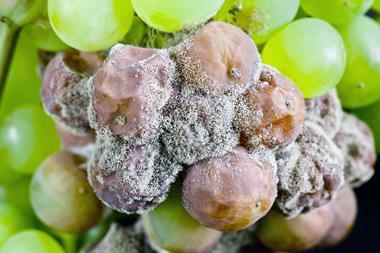


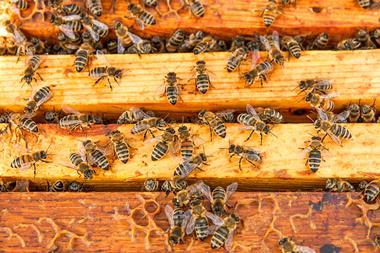
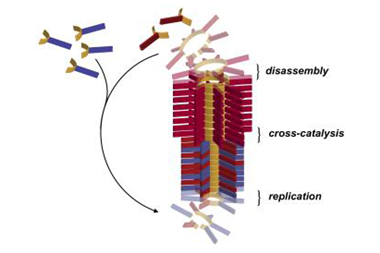

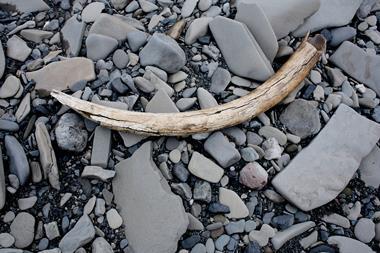
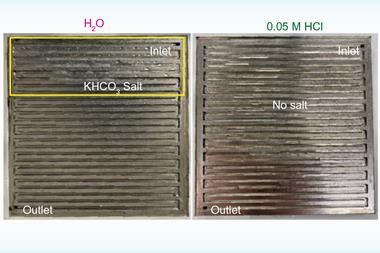

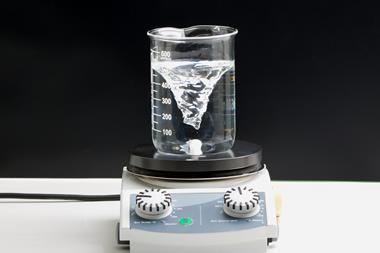
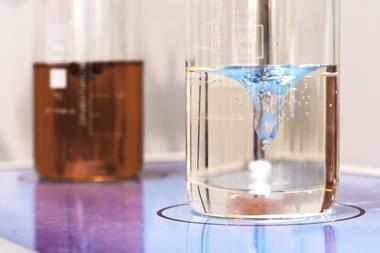
No comments yet